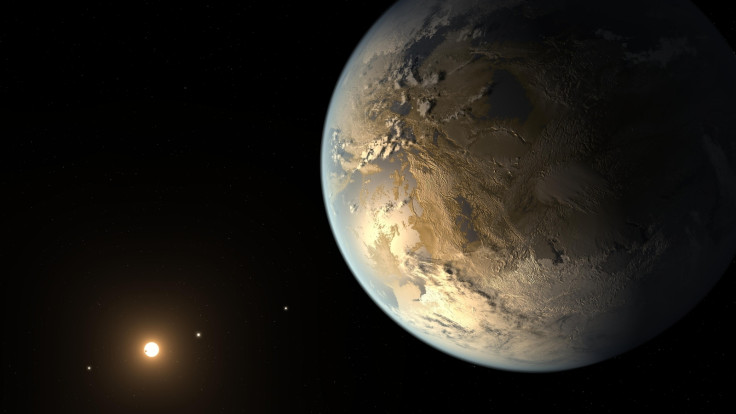Scientists discover new exoplanet only 32 light years away from Earth
The scientists discovered an exoplanet classified as a Neptune-like world.
Scientists have devoted decades in search of planets that are similar to our home planet. Adding to the list of 4,000 exoplanets, there is a newly discovered planet named AU Mic b belonging to the AU Microscopii star system.
According to NASA's news release, AU Mic is described as a cool red dwarf star. It is estimated to be 20 million to 30 million years old, which makes it a new-born when compared to our Sun. Located in the AU Microscopii star system, it is only 32 light-years away lying in the southern constellation Microscopium as part of nearby collection of stars called the Beta Pictoris Moving Group. It has an 8.5-day orbit and weighs much less than Earth's mass. With the mass less than 58 times Earth's mass, it has been classified in the category of Neptune-like worlds.
"We think AU Mic b formed far from the star and migrated inward to its current orbit, something that can happen as planets interact gravitationally with a gas disk or with other planets," said co-author Thomas Barclay, an associate research scientist at the University of Maryland, Baltimore County and an associate project scientist for TESS at NASA's Goddard Space Flight Center in Greenbelt, Maryland. "By contrast, Beta Pictoris b's orbit doesn't appear to have migrated much at all. The differences between these similarly aged systems can tell us a lot about how planets form and migrate," he added.
AU Mic b was discovered by NASA's Transiting Exoplanet Survey Satellite (TESS) and retired Spitzer Space Telescope that have been rummaging through the stars to find worlds like ours for years. A study published in Nature gives out the details about the discovery.
"As luck would have it, the second of three TESS transits occurred when the spacecraft was near its closest point to Earth. At such times, TESS is not observing because it is busy downlinking all of the stored data," said co-author Diana Dragomir, a research assistant professor at the University of New Mexico in Albuquerque. "To fill the gap, our team was granted observing time on Spitzer, which caught two additional transits in 2019 and enabled us to confirm the orbital period of AU Mic b."

TESS will be revisiting AU Mic later this year for further investigation and observe an additional candidate.
© Copyright IBTimes 2025. All rights reserved.





















